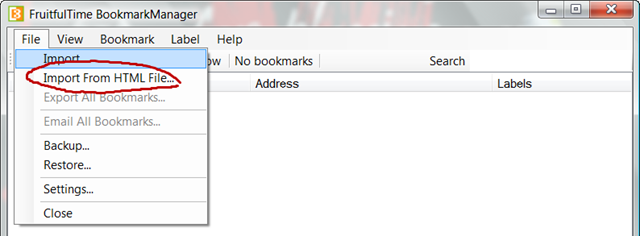Recovering your IBM server is important especially when files and information within the server have been corrupted; leading these files to be lost (and any user would not want that). In dealing with a corrupted IBM server, one should refrain from reinitiating the hard disks which may lead to further mechanical failures. Instead, he or she should contact IBM to be able to receive the appropriate IBM server recovery for his system.

Upon the success of applying the IBM server recovery process, it is important to further protect your system from experiencing the same complications in the future. That is why it is advisable to create backups after implementing an IBM server recovery.
Here are a few tips on how backups work after doing a server recovery.
(1)Both the backup process and the recovery service make sure to check that the backup media is still connected to the computer. The backup operation would fail if it is not connected.
(2)Applications which are running before the backup stops to get ready for the backup process. These applications would be restarted when back up is done.
(3)Backup copies which have gone beyond the limited number of days they are already saved are going to be deleted.
(4)The server containing the backup would do a comparison of the identified active backup copy with the latest version of the files or information on the system, determining whether modification took place. If it has been changed or modified in anyway, the newer version would have a backup and thus is now considered as the active copy. If it has been removed or deleted, everything particularly the inactive copies of a particular file will also be deleted and the currently active backup is marked as inactive. If it remains inactive for a set number of days, it will eventually be deleted.
(5)Additional data will be written by the both the recovery and the backup service for the system to be able to deal with future recoveries.

